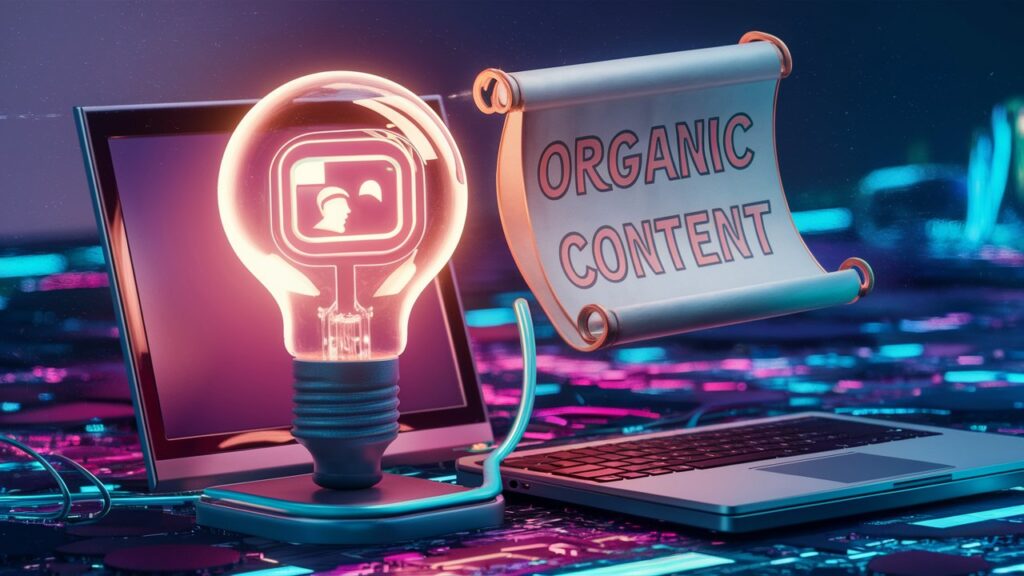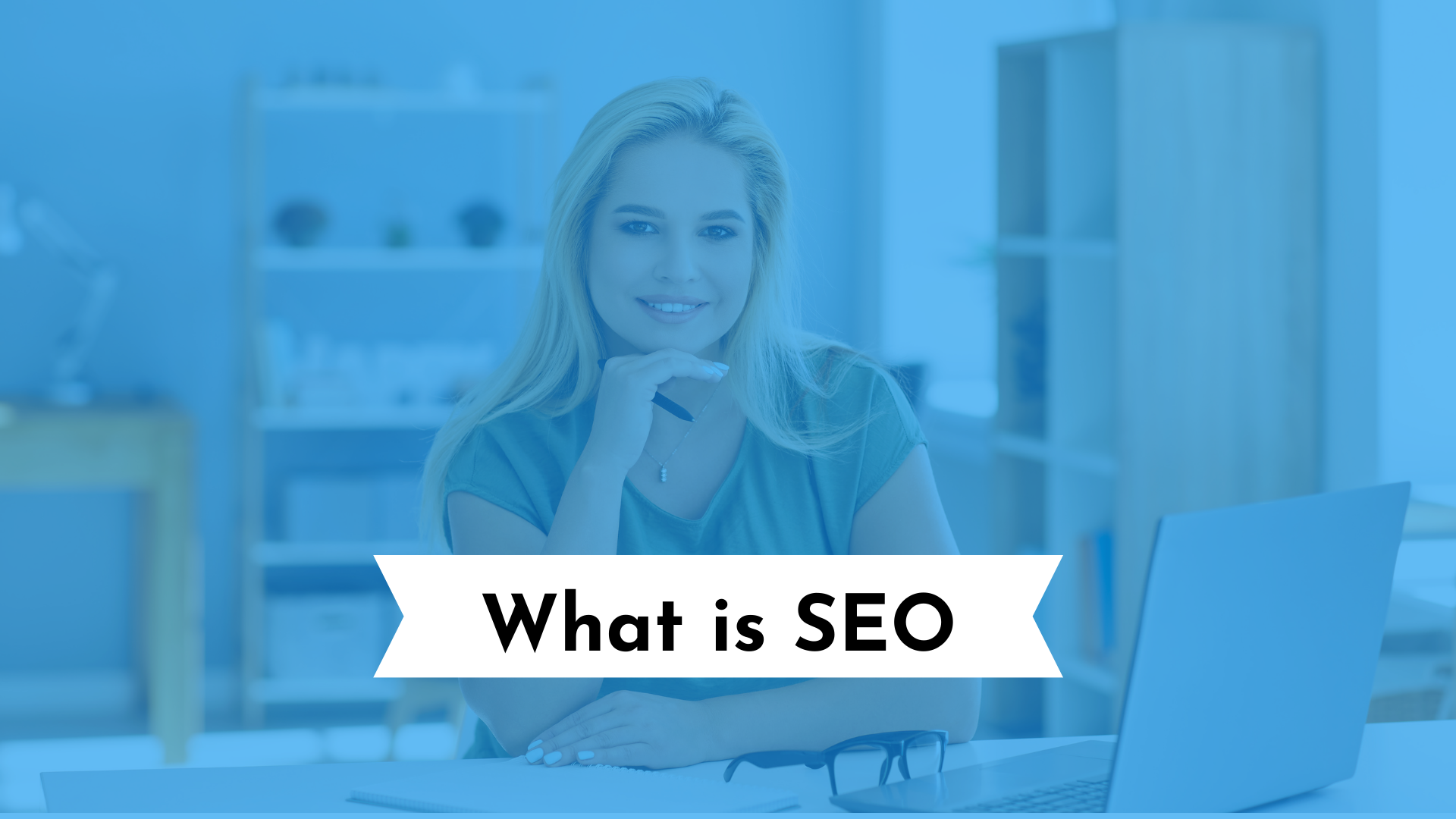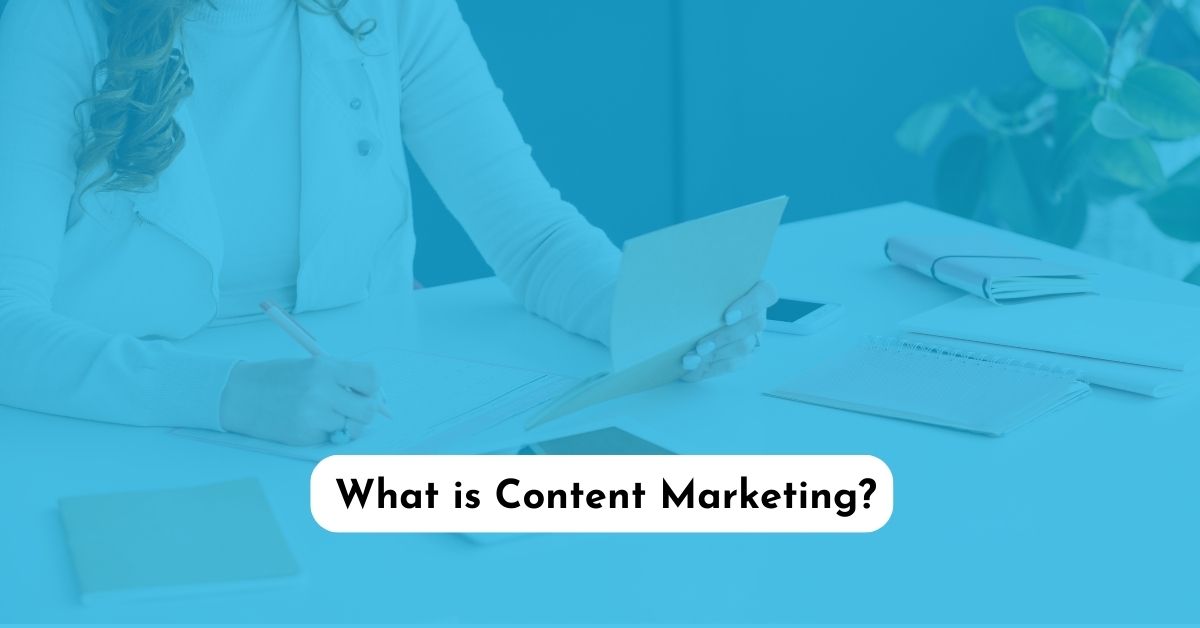
Organic content is content that is written and shared with no paid advertisements or promotions . It’s designed to entertain and draw attention to an audience naturally. It can also contain a variety of content.
What Is Organic Content?
Organic content refers to content that viewers discover by themselves and doesn’t depend on marketing tactics that are paid for. It means that you can share it without having to pay an advertising fee.
Let’s look at an instance:
If someone visits Google and type “Content Marketing” into the search bar, results from the search provide links to Content Marketing.
The first set of results is marked with an “Sponsored” tag. This means that the brands paid for the privilege of appearing on this results page. This means they’re not natural results.
What Are the Benefits of Organic Content?
It Increases Search Visibility
SEO organic content can allow you to rank high when it’s executed properly. This increases your visibility on search engines.
For instance, when Pointe improved their blog posts to include search engine optimization, their site was able to attain a third-place rank for over 50 keywords. The company also noticed leads increasing by 100 on average per week.
It Improves Engagement
If they come across posts on social media or articles they like They’re more likely to connect with them or share them.
They might be more open to the message of your company in the near future.
This Instagram reel by Chef Christina Soteriou was viewed over 1 million times and received over 48,000 likes.
The reel provides tips on how to consume balanced meals when following vegan diet. It also includes images of various food items. Additionally, it gives an overview of the amount of space each food item will take up in your food plate.
It Helps Establish Authority in Your Industry
Customers trust brands that have industry credibility. A way to establish trust is to provide quality organic content that demonstrates your experience and credibility.
Jasper the company, which has launched its AI writer tool back in 2021 has continuously made use of blogs to build credibility in their industry. and attract the attention of their products.
5 Types of Organic Content
Discover different kinds of organic content in order to figure out the best content for your particular audience.
Here are six different types to take into consideration:
1. Blog Posts
Blog posts are a kind of organic content that gives information, tips or views on a particular topic. The average size of the article is between 1500 to 2500 words.
For instance, a home improvement company could write a blog article that provides information about various types walls. For instance, they could release an instruction manual that shows readers how to maintain their lawns.
2. Thought Leadership Content
Think the leadership encompasses a large class of organic content which involves experts sharing unique knowledge and knowledge. It is also often highly opinionated.
It can take it’s own blog article, an image of a quote from social media sites, a short video or even an ebook. Therefore, be creative with the structure of your thought-leadership content.
3. User-Generated Content
User Generated Content (UGC) refers to any advertising material that your patrons or contributors produce by themselves, and without having to pay to. You can then distribute the content via your channels.
Here are some examples of UGC you can help customers to design:
- Reviews are available on Google, Amazon, Tripadvisor and many other listing websites for businesses
- Photos of the outcomes that they’ve had by using products or solutions are shared on social networks
UGC is simple to reuse across various channels. It can be added to your email campaigns, websites or social media sites.
4. Social Media Posts
Organic content on social media includes written, visual, as well as audio-based content. But users of social media are overwhelmed by the amount of information. How do you achieve success on these competitive platforms?
Be aware of the latest trends that relate to your target audience. Be aware of any algorithm changes to social media.
Some time ago like, for instance, Instagram began prioritizing video content. That meant that companies had to begin posting more videos in order to keep interacting with their customers.
5. Infographics
Infographics represent images, which convey information using visual elements as well as text. They are often used to communicate complex concepts in an easy-to-understand manner.
It is also possible to utilize the to boost the reach of your content at free . because they’re easy to share across different platforms.
Make your infographic as engaging and informative as you can is essential for them to be successful.

I am Ray Jones Digital
My current occupations: a Digital Marketer, Local SEO expert, Link Builder, and WordPress SEO specialist. Shopify SEO, Ecommerce Store Management, and HTML & WordPress Developer I have been practicing the above mentioned services for more than 10 years now As an SEO expert working with your ongoing projects.



